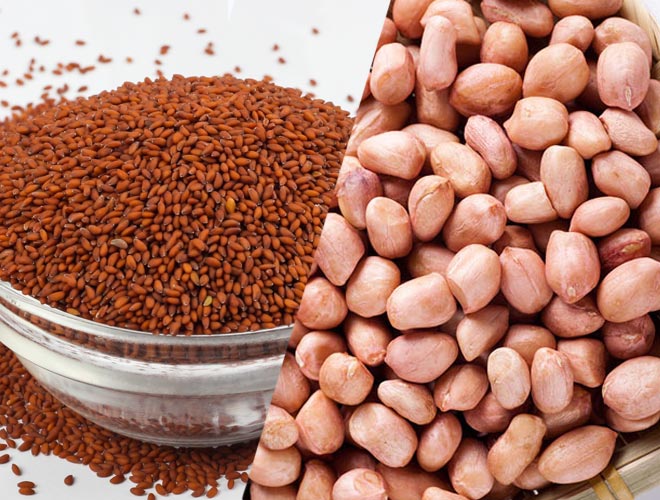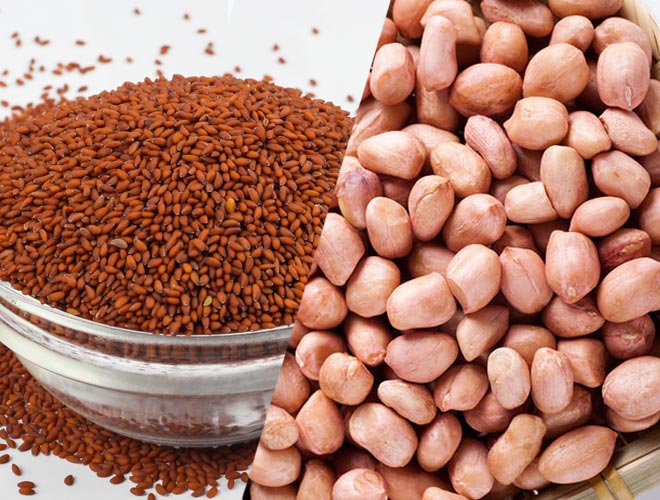
Galangal Roots
The galangal plant thrives in the hot climates of Southern Asia, such as China, India, Thailand, and Indonesia. Greater galangal, often known as Thai ginger in English, is also known in Hindi as "Kulanjan", "Bara Kulanjan", "Dhumarashmi" in Kannada, "Aratta" in Malayalam, and "Perarattai" in Tamil. It's a rhizome with a greenish tint, red or light yellow colour, and a pungent odour that sprouts up to 2 metres above ground from the surface of the soil. The flowers are yellow or green and have a lovely aroma. The leaves are lengthy and bright green with an alternate arrangement.
Vitamin C is abundant in galangal. It's also low in calories, which helps you keep your weight in check, and it's high in critical nutritional fibres and proteins. Galangal also contains a wide range of B vitamins, which help to regulate metabolic and cellular energy needs.
Galangal, like ginger and turmeric, can be eaten raw or cooked, and is used in a variety of Chinese, Indonesian, Malaysian, and Thai dishes.
This spice is also used to treat a variety of maladies, since it is thought to aid in the treatment of infections, reduce inflammation, increase male fertility, and even fight cancer.




